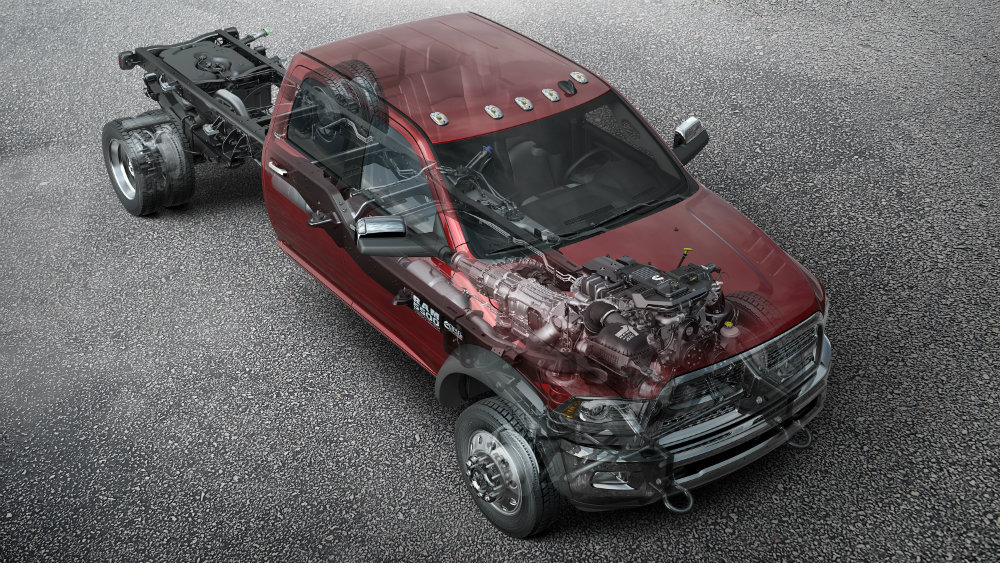When I was a Sales Consultant at Sioux Falls Ford, the V6 engine ruled the roost. We had tons of V6 vehicles on the lot at any given moment. When it came to new inventory, the Escape, Flex, Fusion, MKZ, Mustang, and Ranger all had V6 engines. On the pre-owned side of the lot, there were just as many V6 options, from cars and crossovers, to minivans and midsize trucks.
When the F-150 featured the 3.5 EcoBoost as its top engine in 2011, even the infamous V8 was dealt a demotion.
Origins
According to The Complete Encyclopedia of Vintage Cars 1886–1940 by Rob de la Rive Box, Marmon Motor Car Company offered the first V6 in 1905. Although well versed in V-engines, Marmon folded in the early 1930s. The Golden Age of the American Racing Car by Griffith Borgeson documents the V6 prototype built by Buick in 1918, although it was only ever driven by Buick’s Chief Engineer at the time.
While other nameplates were producing V6 engines, its arguably Lancia and General Motors that did the most work bringing them to market.
Pros & Cons
Like many things in the automotive universe, there isn’t one set answer. The general consensus to “which is better” is ultimately determined by the end goal. For example, a V6 engine is less costly produce, a bonus for global manufacturers seeking true economies of scale. Furthermore, a V6 is generally less intrusive on vehicle architecture, translating to more legroom, a bonus for consumers.
On average, an inline or “straight-six” is considered more reliable and powerful. One of the most prominent examples is a Ram Heavy Duty running the 6.7L Cummins Turbo Diesel I6 engine. It can, in certain configurations, tow a whopping 31,000 pounds. Ram fans have long pointed to durability as their reason for purchase.
The BMW M4 is another stunning example of an inline-six dishing out the performance. The M4 boasts 425 horsepower and hits 60 in about 4 seconds. The 3.0 liter twin turbo has 406 lb-ft of torque at 1,850 rpm, holding through 5,500 rpm.
This is not to say V6 engines don’t have their fair share of capability. With the resurgence of midsize trucks, one could easily note the exceptional power of both the 2017 Honda Ridgeline and 2016 Chevy Colorado. Both trucks deliver near V8 power from their V6 designs, but still manage to get solid gas mileage.
Further Resources
The infographic below highlights some of the differences between an inline-six and a V6. Which one is best for you depends on your daily driving. If you want a faster lap time or need to tow a heavy trailer, the inline-six might be the ticket. However, if you need to get the family around town, the V6 engines in the average crossover or minivan will suit you just fine.
*Carl Anthony is Managing Editor of Automoblog and resides in Detroit, Michigan.

For quite a few years after the invention of the automobile, engines came in only one fashion – all cylinders lined up in a straight line.
It wasn’t until the early 1900s that Rolls Royce and Cadillac began manufacturing the first V-shaped engines.
Today, the most commonly made duo of V-shaped and inline engines is the 6-cylinder.
Before deciding which one is best for you, let’s take a look at the pros and cons of both:
The V6 Engine
Pros
More compact: Without the V6 engine, cars would probably still be roughly the size of battleships. The increasing demand for interior space and a more maneuverable vehicle make the V6 a solid choice for manufacturers.
Less costly to produce: They also take less overhead to produce.
Allows for added interior space: They can fit the same power (or fairly close to it) engine in half the space, allowing for the extension of interior legroom and good bit of added front end snipped off the nose.
Cons
Slight loss of power: The V6 experiences a slight loss of power on the down stroke.
Susceptible to vibration: Since there are an odd number of cylinders per side, the V6 is more susceptible to vibration due to the primary dynamic balance. This, unfortunately, cannot be remedied.
Harder to service: And, of course, since these engines are smaller, manufacturers love to cram them into tight, little engine compartments, making them a real pain for technicians who need to get their big hands into spaces that can only be reached by elves, fairies and other tiny mythological creatures.
The Inline-6 Engine
Pros
No vibration: Since the cylinders are all lined up in an even number, vibration is nullified.
Less complex: The firing order of an inline can only go one of two ways, either from front-to-back of the engine or back-to-front.
More powerful and reliable: They have a reputation of being very sturdy as well.
Cons
More expensive to manufacture: It is more expensive to produce which can add to the sale price of the vehicle.
Less interior space: The added need for more space inside the car, as opposed to where you work on it, has left the inline-6 as the second-rate choice for many car buyers and manufacturers.
Do not fit into most new cars: For reasons unknown, several models of inline-6s are more susceptible to oil leaks, even after being resealed.
Cover Photo: FCA US LLC


